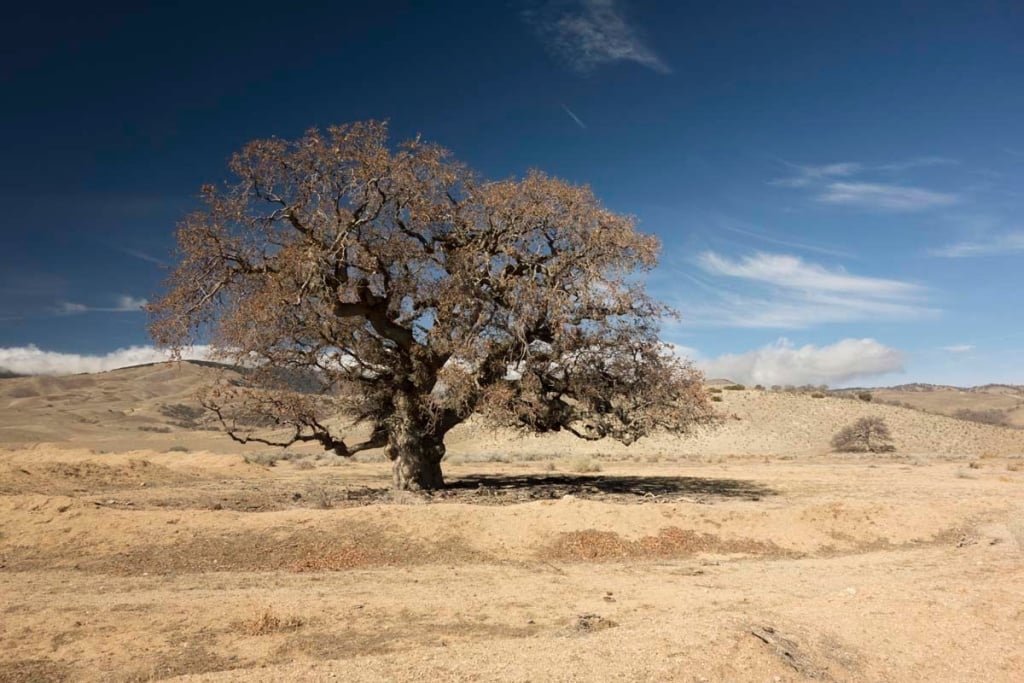
If you are a Southern Californian resident, you most definitely are aware of the prolonged drought that has been affecting Southern California’s residents and natural terrain. You may or may not have noticed local trees browning — first in sporadic patches that eventually overtakes the entire tree. Many of these trees are becoming victims to disease and/or pests, and it is an problematic issue that is troubling many residents and organizations in Southern California, as well as many areas around the world.
Do droughts have anything to do with the invasion of tree pests and the dying-off of hundreds of trees? For decades, scientists around the globe have been observing outbreaks of herbivorous insects that often follow prolonged period of unusual weather, such as drought. It is believed that plants under abiotic or physical stress, such as drought, become a more favorable source of food for herbivorous insects due to their physiological changes and decreased defenses.
Drought-stressed plants undergo changes in protein production and in the rates at which cells divide, enlarge, and differentiate. It is believed that these changes turn the tree into a more nutritionally balanced and nutritionally rich food source for herbivorous insects and mites. It is also argued that pest tend to leave healthy plants and trees alone, whereas yellowing plants (a sign of weakness and stress) are more visually attractive to these types of insects. Plants stressed by drought tend to be warmer than unstressed plants due to reductions in photosynthesis and transpirational cooling. These elevated temperatures that drought-stressed possess may create a more favorable condition for pest to invade and thrive.
In areas close to home, like the western region of the United States, pine trees are are being hammered by the western pine beetle. Unfortunately, as the drought prolongs so do the number of tree casualties. Trees in natural areas, as well as in residential properties, are falling under attack by massive numbers.
What can be done to protect your trees? Several tactics can be used to help safeguard your trees from the effects of drought. We recommend supplemental watering and mulching, which naturally helps conserve soil moisture and provides feed for your tree. If you plan on transporting new trees to your property, generally the best time to plant is in early spring to allow adequate time for the tree’s roots to become established in the new terrain before the summer heat arrives. Root boosters, such as our Organic Tree Booster System, quickly helps spread root mass, thus allowing for greater drought tolerance and increased sustenance. Water-stressed trees in natural terrains may be more difficult to save, but you can take steps to help your trees survive.

